4 Month Sleep Regression
I get weekly emails from parents along the lines of ” Help! My once great sleeper hit the 4 month sleep regression and now she’s waking 4-6 times a night!”
Typically these parents had a great sleeper prior to four months of age, thought they had hit the baby sleep jackpot, and then out of nowhere, BAM, their child started waking multiple times a night.
Since many children experience the 4 month sleep regression, it’s helpful to have an explanation of why this occurs and how to stop problems from continuing.
What you need to know about the 4 month sleep regression
First, let me point out this sleep regression can happen anywhere between 3.5-5 months. This is a biological shift in how your child’s brain is organizing sleep, so like any milestone; sitting, crawling, talking, etc., this one tends to happen around a certain month, but will depend on your child’s development.
Second, it’s important to note that this isn’t a true regression. The term “regression” is a double edged sword; simultaneously explaining that things have gone backward, but yet filled with hope that sleep will once again return to your child.
However, your baby will never again sleep like they did before. This means that what can start as a “regression” can continue on for many months later if not tackled head on. (Cue the theme from Jaws 😉 )
If you’re like me with my first child who was sleeping 8-10 hours by 10 weeks old, this will seem depressing at first glance. However, if your child is similar to my second who was only clocking 3 hours straight at the most at the 3.5 month mark, then this may fill you with joy.
But here is the good news. Actually, I think it’s fantastic news;
After four months of age, your child’s sleep is becoming more mature and while they may not technically sleep the same anymore, it does mean that you have more control over the situation. You can have your great sleeper back or, start to work on your child’s poor sleep habits now by helping them learn how to consolidate sleep going forward.
So, what happened? The 4 month sleep regression explained.
Prior to this milestone, your baby was having two immature sleep states; active and quiet sleep. However, as she progressed toward the four month mark, her sleep was developing and within the quiet stage, unbeknownst to you; multiple stages of sleep were evolving.
At two or three months, you were able to rock, hold, feed, or offer a pacifier to your little one and she would drift off and stay asleep. But as she made her way closer to the fourth month, you may have found yourself preforming these tasks more frequently through the night.
At first, feedings may have increased and attributing it to a growth spurt, you kept on feeding each time she woke, whether it was 1, 2 or 6 times a night. Or, you started to find that her pacifier needed to be replaced more frequently. You thought possibly she didn’t like that particular brand anymore and you bought her another.
But what was really going on, was that your little one was beginning to transition through sleep cycles. After 4 months of age, your child’s sleep is more like an adult’s and she has REM sleep (active, light or dreaming state) and Non-REM (deep, restorative, slow wave) sleep. One complete cycle is about 40-50 minutes long, depending on age.
Not only does the type of sleep mature, but after 4 months, the Non-Rem sleep has multiple stages (1-4) and that means that sleep associations can form.
During the first stage of the Non-Rem sleep, your child is aware or associates certain factors in her environment with how she falls asleep. Meaning, that if your child is being rocked/nursed/held/driven/bounced to sleep, or even to the very drowsy “I’m-soo-relaxed-that-I-can’t-keep-my-eyes-open” point, they will come to expect that each time one cycle is complete at the end of stage four, in order to be able to go back to sleep.
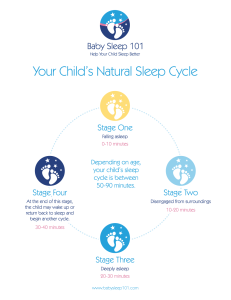 Keeping in mind that one cycle averages around 45 minutes in length, you will begin to understand why we start to see short naps and frequent night wakings emerge at this point.
Keeping in mind that one cycle averages around 45 minutes in length, you will begin to understand why we start to see short naps and frequent night wakings emerge at this point.
If you’re a tired parent (are there any other kind?), you will likely do whatever it takes to get your little one back to sleep quickly. Very often this means feeding, rocking or replacing the pacifier back in.
Although this “works”, it is reinforcing the dependency on the sleep association and will actually perpetuate the problem as the development of sleep cycles is a permanent change in your child’s sleep.
Need help getting your child to sleep through the night after the four month sleep regression? Download the FREE sleep guide; Help Your Child Sleep Through the Night.
How to Fix the 4th Month Sleep Regression
We know that the sleep problems we see develop around 4 months of age are a result of a cognitive development and therefore not a true regression. This means that if we don’t address why the issues are happening, we can expect to see unhealthy sleep habits and unrestorative sleep for both baby and parent going forward. The longer both go without consolidated sleep, the more overtired they will become.
Here are some tips on how to prevent or fix the problems that may result after 4 months of age.
4 Month Sleep Regression Fix #1
Age Appropriate Schedule: Schedule, routine, pattern; call it what you will, but the greatest tip I can give you is to make sure your child is not being kept up longer than she can handle at this point; especially at bedtime. Your child is likely already overtired from the multiple night wakings, so respecting her need to sleep and have an earlier bedtime will be important to see success.
4 Month Sleep Regression Fix #2.
Wind Down Routine: If you haven’t already, begin to have a wind down routine in place before each sleep period. It’s important though that your child is now awake when you place her in the crib. This will be a new experience for her, so start your wind down earlier.
4 Month Sleep Regression Fix #3
Sleep Environment: After 4 months, your baby is becoming very aware of their surroundings and this includes when you want them to go to sleep. To encourage the most healthiest, deepest and restorative sleep, most sleep should be now taken in their crib.
4 Month Sleep Regression Fix #4
Encourage Full Feeds: Babies this age are increasingly curious about the world around them. It is very common for them to only nurse or feed for a minute or two and then stop to watch the cat run across the room or look at the tv when they hear a noise and then not return to feeding. This in turn can cause them to seek extra calories at night. To reverse this tendency, ensure that you are feeding your baby in an un-stimulating environment to minimize as much distraction as possible. Many parents have also found it beneficial to feed their baby first thing in the morning and then after each nap.
4 Month Sleep Regression Fix #5
Reduce Sleep Associations: When you’re ready, this is now a great time to begin to help your child fall asleep without relying on external help. After creating an age appropriate routine for them, you can choose a sleep training method that you feel comfortable maintaining consistently for a few weeks. At 4 months of age, she will still need 1-2 night feeds, but all other wakings that aren’t a result of true hunger can be responded to with the sleep training method of your choice.
The 4 month sleep regression can be a tricky time to wade through for many parents. I hope these suggestions help you, but if you feel that you need more help, download the free sleep guide,
If you rather have personalized help to navigate through your unique situation book a 30 or 60 minute consultation call and we can get into even more detailed help.



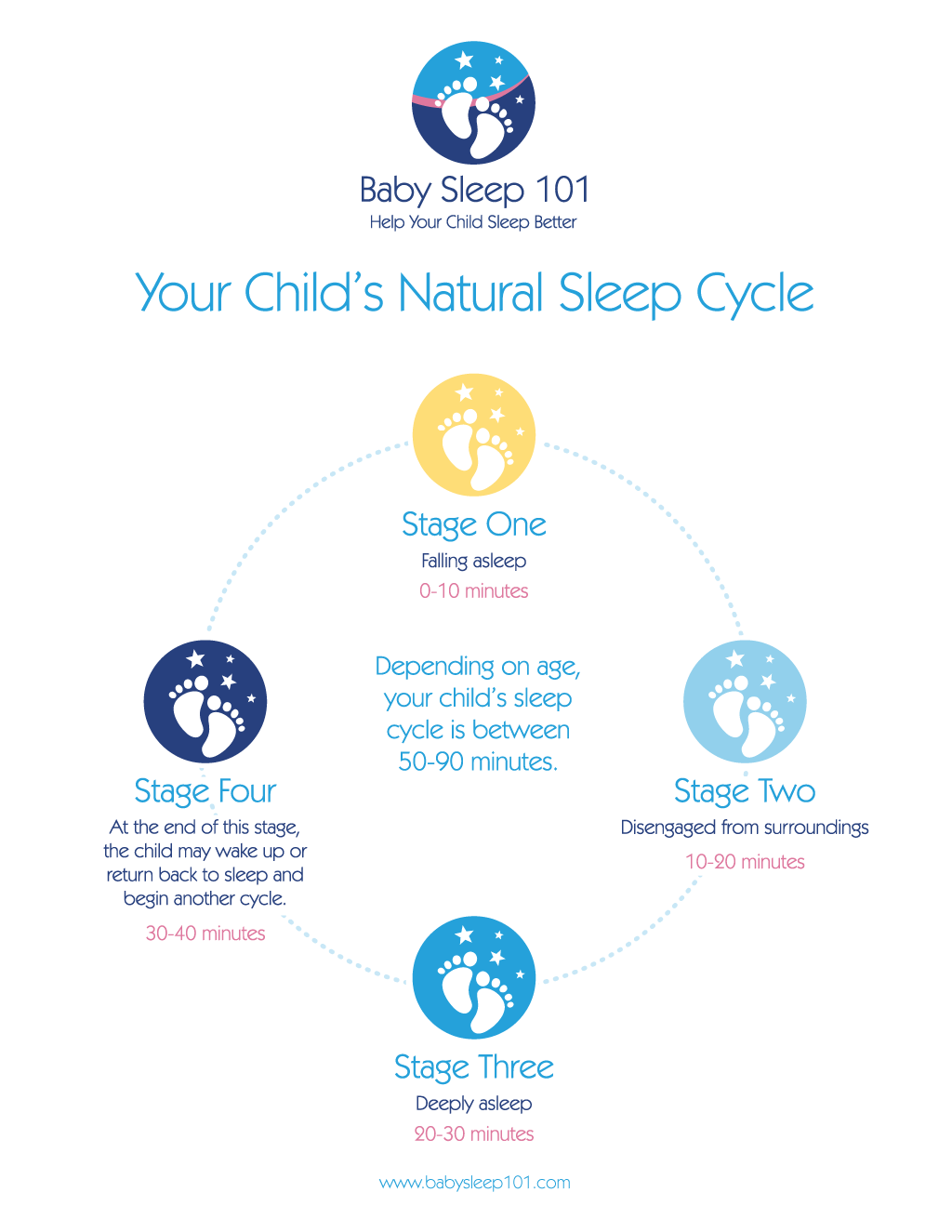

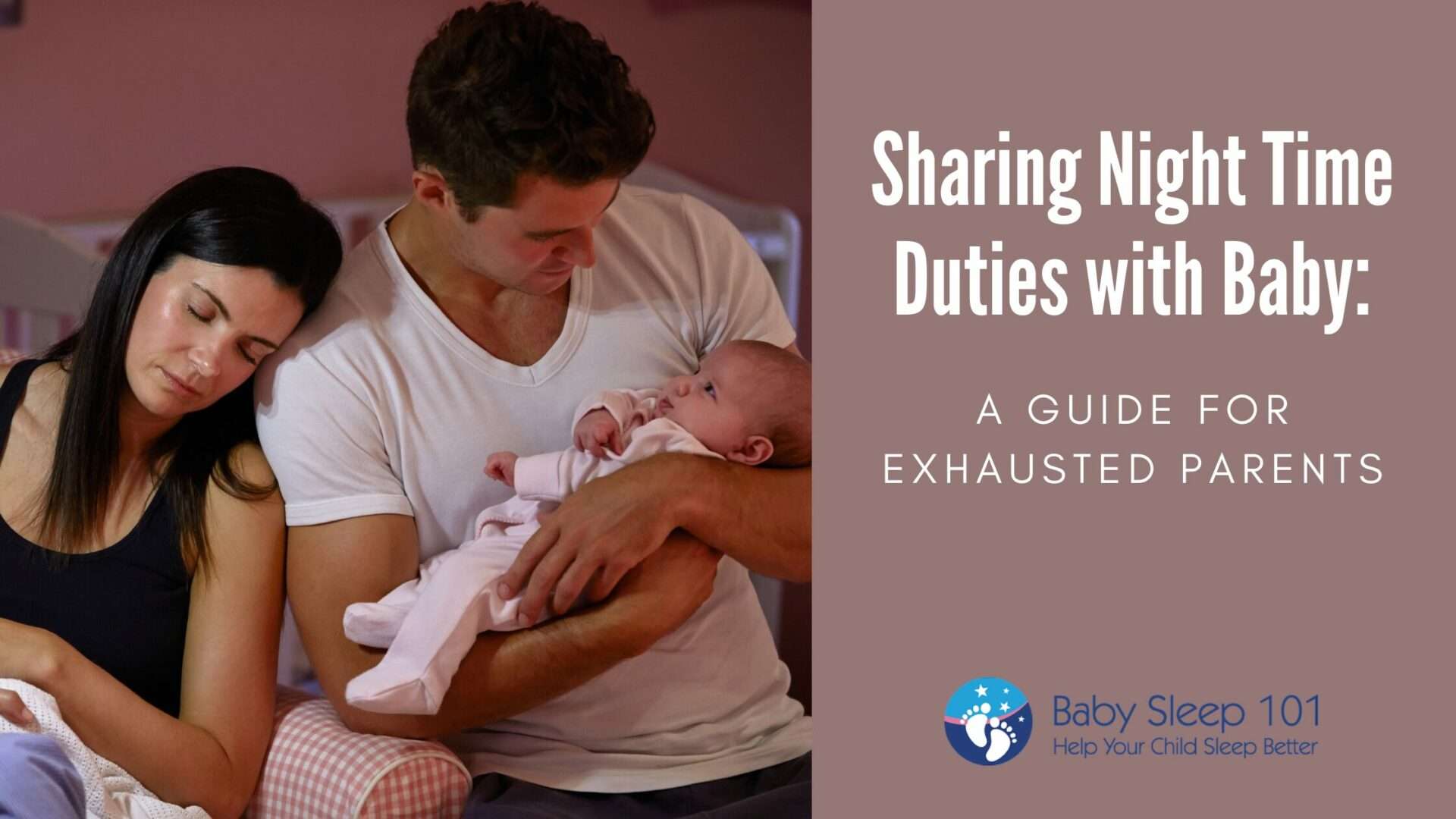






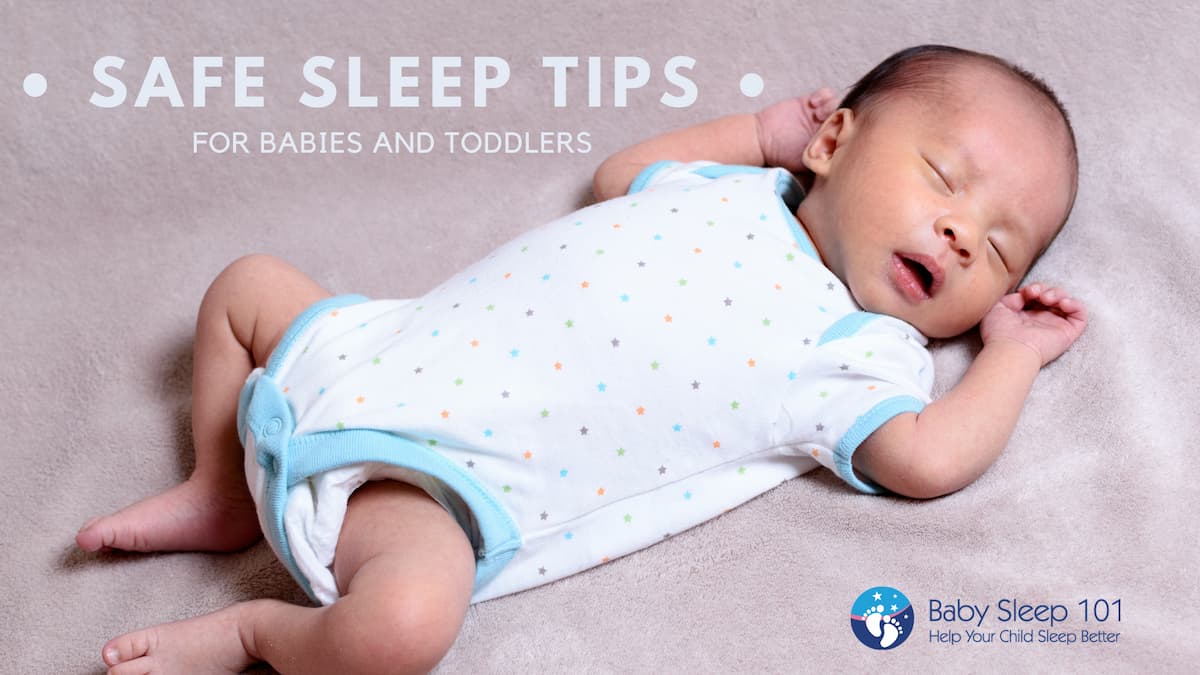


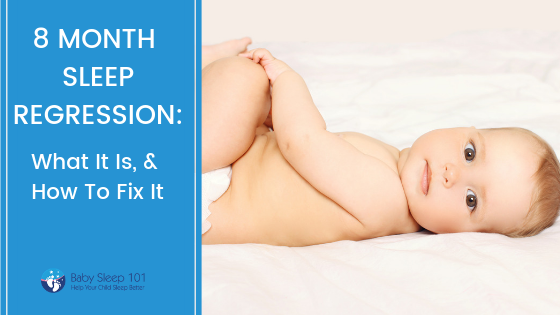
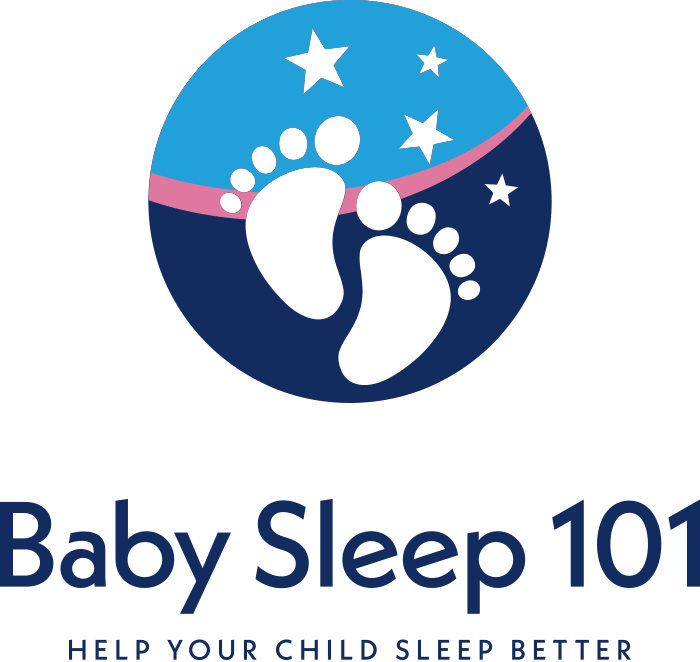
I am dealing with the 4 month sleep regression with my daughter right now & have been for the past 3 weeks, i wioll definetly be trying these tips starting tonight!!
All the best! Remember to join the Baby Sleep 101 Facebook Q & A sessions on Wednesday 8-9pm CST if need further help!
[…] 4 Month Sleep Regression: What It Is and How To Fix It […]
My LO was sleep trained at 3mo and is currently going through the 4mo regression. Should I start over with her sleep training during this regression or once it passes will she sleep back to norm?
Help my daughter is 3 months & I need a basic sleep schedule to put her on but don’t exactly know where to start! She goes to bed 11-12 at night every night, wakes about 3 times a night & i breast feed her Everytime & we sleep till 9-11 am. I dont want this to happen to her & a night routine? I have no routine at all..
How do you suggest going about getting baby to sleep without being swaddled? He is 5 months and cutrently experiencing sleep regression for the past 3 weeks. He won’t sleep in his crib if he’s not swaddled because his arms flail so much and he wakes himself up.
At this age, children adapt to no swaddle in a few nights. Be sure to keep the wake times age appropriate and bedtime on the early side.
Good luck!
Is it fine that I do still swaddle him? My son had his first night without it and woke up 4 times instead of 2 so I’m glad I read this article. It’s right on time.
This is common, but usually after a few nights without the swaddle, they adjust. Be consistent and give him time to learn and he’ll get it! 🙂
Yes going through the stage!! One big problem to is she sleeps in a upright cradle and I have tried so hard to transition to a flatter cradle and even crib. Her arms freak out and wake her and she’s scared. We are down stairs kids rooms are up and that’s why she’s by our bed.
Any help would be appreciated greatly! Jenn
We are dealing with the 4 month sleep regression and we are about to transition to daycare in a week and a half. Our daughter has started taking shorter naps (use to take 1.5 hr naps, now barely takes 45 min-1 hour) and she wakes up in middle of night wanting paci. We moved her bedtime up and she will fall asleep without pacifier but she wakes up 3-4 times per night wanting it. She’s been waking up from a nap after 30-45 minutes and is falling asleep nursing. We don’t know what to do! We took her to daycare for a few hours the other day and she screamed/cried the entire time and only sleept for 30 minutes between 11:45 and 3:30! Please help!
Hello- what is an age appropriate schedule and bed time for a baby at 4 months 1 week. Prior to the start of the regression, my baby was going into the crib drowsy but awake but now he refuses. He is screaming at the top of his lungs for 10 mins!
I’m currently going through the 4 month sleep regression now with my daughter and the only way she’ll fall asleep is with a pacifier (she will sleep in her crib @ night) and she’ll only sleep in my arms for a nap (If I’m lucky she naps at all) !! Any suggestions? Thank you!
[…] 4 Month Sleep Regression – Child and Baby Sleep … – 4 Month Sleep Regression. I get weekly emails from parents along the lines of ” Help! My once great sleeper hit the 4 month sleep regression and now she’s waking … […]
My 16 week old has been waking up every 2 hours during the night instead of once all night. How can you decipher between when he just can’t fall back asleep or is actually hungry?? We have a pretty scheduled bedtime routine since week one with stories and songs, but he still passes out fast asleep before I can get him in the crib even when trying to keep him awake during feeding and bedtime. We start winding down at 6pm and bedtime between 7 and 8pm.
How do you suggest transitioning to the crib? My 4 month old hates being on his back so has been sleeping in his rock n play in his room for 2 months usually only waking 1-2 times but now wakes 4,5,6 times and will scream unless I nurse. He really does actually eat for 20 min each time too. He also hates the pacifier and we’re transitioning out of the swaddle (I leave both arms out). Thank you for the help I am excited to get him into his crib!
My daughter is 4 months. She may be going through a slight sleep regression. I still swaddle her. Should I wait till after her sleep normalizes again before I quit swaddling? It just seems like it will get worse if I quit swaddling.